8 revenue experiments you can replicate in your news organization
P. Kim Bui, API’s Better News,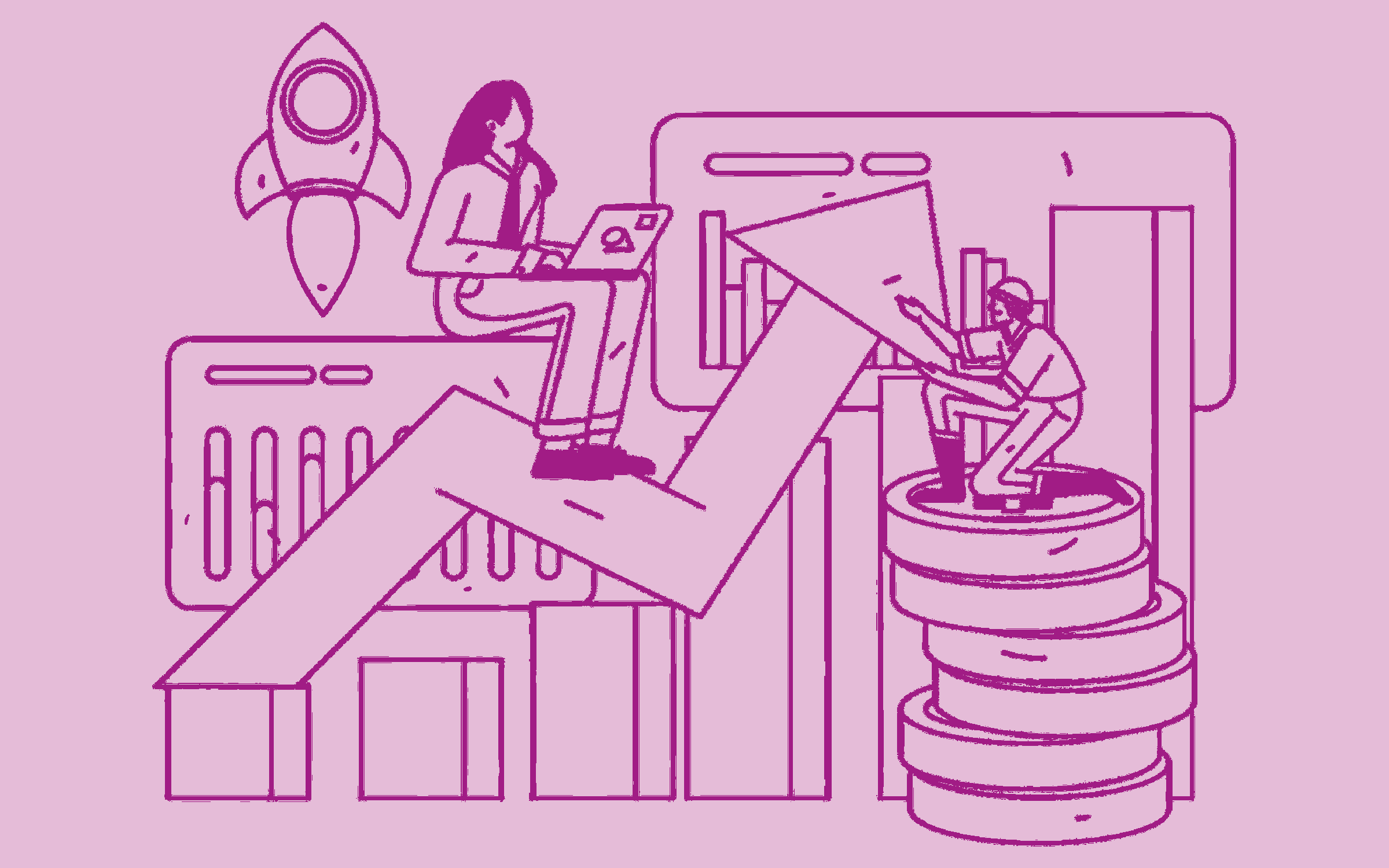 Here are eight ideas to steal and adapt to help you diversify your revenue streams.
Here are eight ideas to steal and adapt to help you diversify your revenue streams. This is a series on Better News to a) showcase innovative/experimental ideas that emerge from the Knight-Lenfest Newsroom Initiative and b) share replicable tactics that benefit the news industry as a whole.
These “wins” come from The Atlanta Voice, Bangor Daily News, Boise State Public Radio, Henrico Citizen, LAist, The News Reporter, The Salt Lake Tribune and QCity Metro. All eight organizations participated in the American Press Institute’s Revenue Experiments Learning Cohort for Table Stakes alumni in 2025.
More from API’s 2025 learning cohorts for Table Stakes alumni:
- 8 ways to build staff engagement in your news organization
- Onboarding isn’t just for new hires — it helps you build relationships in your community, too
- Experiments don’t always go according to plan. Here’s how to keep projects on track.
This piece was one of Better News’ most viewed of 2025. Check out the full top 5 list here.
With changes in trust, audience and regulation, newsrooms are looking to diversify their revenue streams. There are plenty of options to choose from: events, membership and sponsored content are a few of the many choices.
As part of the American Press Institute’s 2025 Revenue Experiments Learning Cohort, eight local and community news organizations — all alumni of the U.S.-based Table Stakes Local News Transformation Program — ran small-scale experiments to find new revenue models and tactics. Each newsroom was given a $5,000 grant to help fund the strategies.
Teams like the Atlanta Voice tried totally new things, such as creating a marketing campaign that would go out to potential sponsors and audiences as part of an anniversary celebration.
“The process was so important because we changed things and refocused how we wanted to celebrate,” said Jazmine Brazier, development specialist.
Here’s what the eight newsrooms tried and what they learned from their experiments.
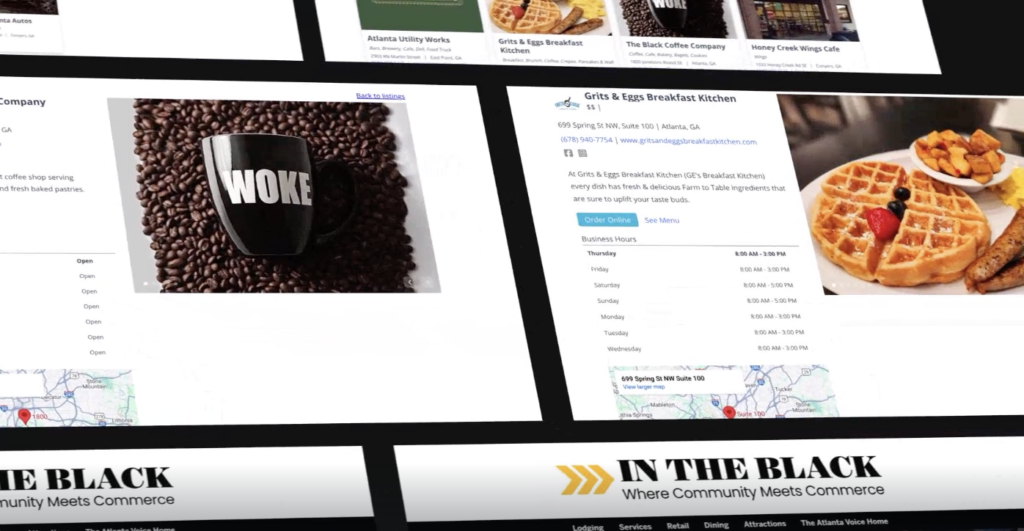
Current business profiles from The Atlanta Voice’s ‘In The Black’ directory, a resource designed to highlight and provide visibility for legacy Black-owned enterprises across Metro Atlanta. (Courtesy of The Atlanta Voice)
The Atlanta Voice’s new sponsorship stream through legacy
For its 60th anniversary, The Atlanta Voice wanted to celebrate the impact of Black-owned businesses in the city. In connection with a business directory and platform of Black entrepreneurs, the Voice invested in a professionally created sponsorship deck and promotional video to pitch its In The Black, Legacy Business campaign to advertisers.
Big win: The relationships built by the Voice has so far secured three sponsorships including a health group and a local development, but also the beginning of lasting relationships. The campaign also allowed The Voice to showcase its mission of telling untold stories for the community, and align it with its revenue strategy. In essence, the Voice realized the marketing campaign built relationships with its community as well as sponsors.
Try this: Take your mission beyond your editorial strategy. “Innovation doesn’t always mean something complex — it can be as simple as reimagining how we connect with our community and invite them into our mission,” Jazmine Brazier said when reflecting on the experiment.
Ideas that connect the community by telling their own stories also connect audience engagement and revenue building.
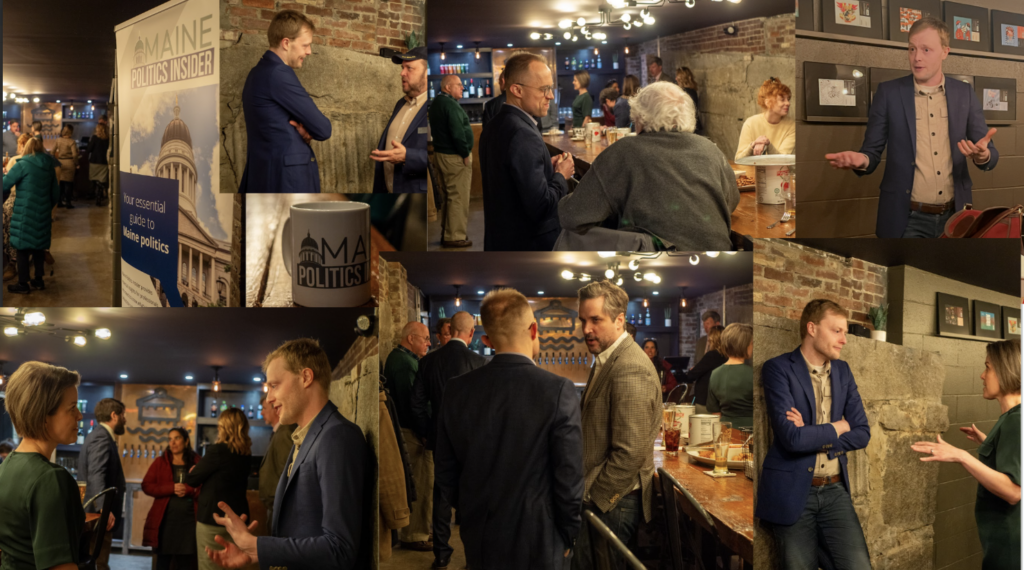
Scenes from the Maine Politics Insider launch party in January 2025. (Courtesy of Bangor Daily News)
Bangor Daily News’ paid social for a subscriber-only product
Bangor Daily News bundled its complete digital subscription product with a new newsletter product, Maine Politics Insider, meant to give exclusive content to politics fanatics. The launch was focused on building a premier brand: an in-person event, enhancing internal ability to upgrade subscriptions and paid social advertising that included LinkedIn.
BDN targeted email marketing to potential subscribers from legal lists, lobbyists and existing digital subscribers that engage with politics content.
Big win: Giving the 2,000 readers of an existing free politics newsletter trial access to the new insider newsletter in its first week introduced loyal readers to the brand, and converted in seven of the trials. Overall, the newsroom netted 75 new subscriptions.
Offering group subscriptions was also successful, resulting in some organizations signing up for two separate “branches” of subscriptions — one with the politics insider product and one with the main subscription offering. “We had not anticipated either of these benefits,” said Arvid Tchivzhel, chief strategy officer.
Try this: Find ways to keep momentum by trying a range of experiments. While some strategies (paid social) didn’t work as expected, the team noted that group subscriptions are a “green field” of opportunity.
The Bangor Daily News will use that lesson to inform new positioning for the product as a B2B product.
“You have to continue to stay on top of the product and keep iterating as you go,” said Jo Easton, director of development.
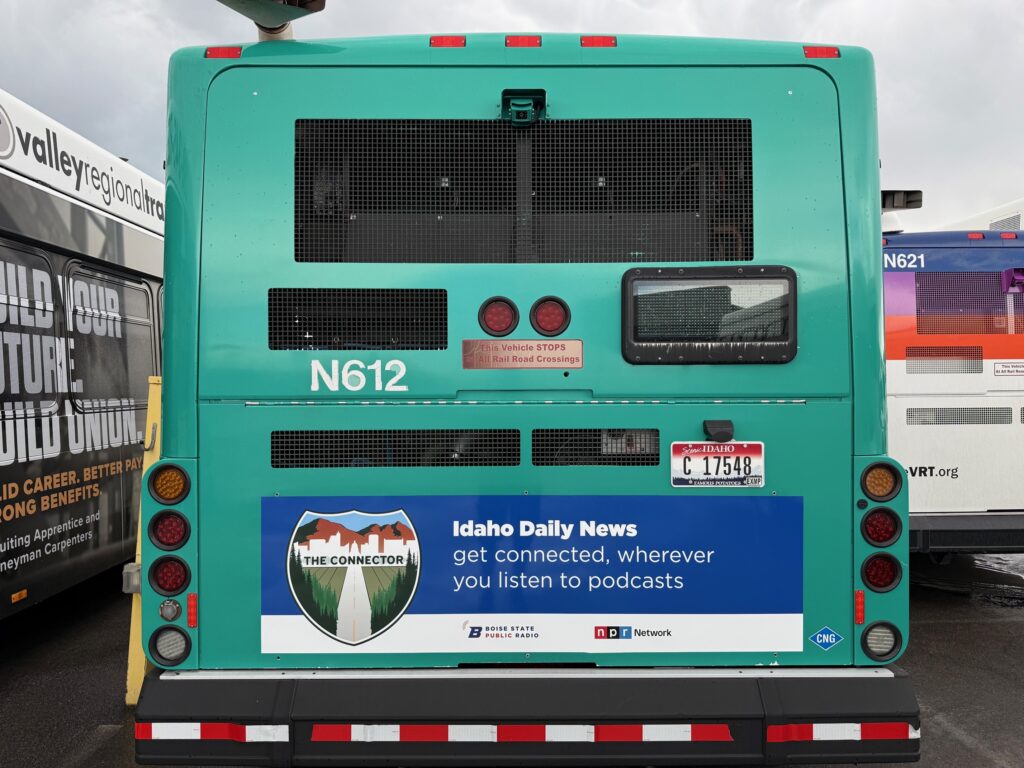
An ad for The Connector: Idaho Daily News can be seen on buses traveling across the Treasure Valley. (Courtesy of Valley Regional Transit)
Boise State Public Radio’s paid marketing approach
The demographics of Boise State Public Radio tend to skew older. To reach younger audiences, the station did something uncommon for public radio: outside paid marketing specifically to younger audiences.
They did this by meeting with multiple groups and routes to reach their intended market, from installing panels advertising their daily news podcast placed on the local bus system to working with a digital news site, BoiseDev, that had good engagement with a similar audience to whom the station was aiming for.
Big win: Looking at different, varied routes did not mean there was success in every path. But in the process, the station learned what works and where it needed to change its approach, like which podcast to promote.
Meeting with the university’s marketing department also taught the station the “Brick, Feather, Feather, Feather” approach, mixing high-touch and high-effort strategies with quicker routes to reach intended audiences.
“The idea is to get the big message out and then feather it everywhere else,” said Kristin Jackson, development director.
Try this: Talk to multiple potential partners and learn from them — even if the partnership doesn’t form. Take the idea of variation to approaches as well.
“We went in thinking we could just dump a big bucket of money in one place to reach our desired outcome, but what we found is that you put the big investment in one place (the brick) and you take the remainder of your funds to feather your message out elsewhere, like other news outlets,” Jackson said.
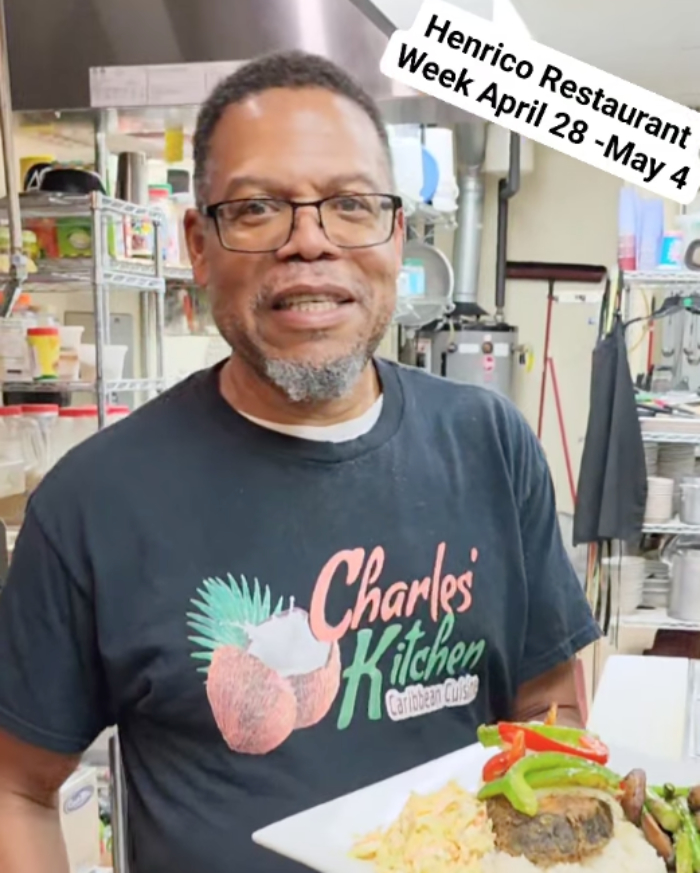
Chef Claudius Charles of 2025 Henrico Restaurant Week participant Charles’ Kitchen displays one of the restaurant’s special HRW meals. (Courtesy Charles’ Kitchen/Henrico Citizen)
Henrico Citizen’s reintroduction of Restaurant Week
Henrico Restaurant Week ran from 2015 through 2018.
Post-pandemic, the Henrico Citizen decided to re-launch the event designed to focus on local restaurants. The effort would also support a local nonprofit, which received a portion of the sales from each meal sold during Restaurant Week.
Everyone pitched in, from the sales staff to the outlet’s publisher, and the Citizen quickly learned how much had changed since its last time organizing the event. Many of the newer restaurants had no experience with past Restaurant Weeks and shared some amount of hesitancy.
“It’s been seven years since we did it last time,” publisher and editor Tom Lappas said. “The dining scene is strong here, but has changed.”
Big win: Outreach started with building a media kit, then invitations via email. More than 200 restaurants were contacted overall, most by email, all multiple times. The group then started emailing and visiting individual restaurants, talking to about 30 locations about the event.
The outreach efforts netted two sponsors and seven participating restaurants. The Citizen also received reader donations and a healthy bump to its website traffic because of marketing efforts that ranged from billboards to social media. About $4,000 was raised for the nonprofit partner.
Try this: When reaching out to restaurants, in-person connections made a difference. Direct communication with target restaurants was the winning strategy.
“In-person visits and direct communication with restaurant owners were responsible for closing all of our successful restaurant registrations and our sponsorships,” Lappas said.

In the LAist team’s revenue experiment, a more compact, multi-step module allows readers to quickly donate without leaving the page. (Courtesy of LAist)
LAist’s checkout flow and call to action tests
LAist wanted to reduce the friction users faced when initiating a donation by testing a new checkout flow — one that reduced the number of steps from seeing a call to action on an article through conversion.
The hope was that by not taking people off the page they were on, more users would finish the donation process. On top of that experiment, the new article “modal,” or pop-up donation flow, would also allow people to get an email reminder to finish the transaction.
Big win: During the two-week experiment, the conversion rate was higher after testing the new modal that let users stay on the screen they were on, with more people using credit cards to donate an average of $75. In prior tests, credit cards were used less often to donate. But in this case, something about the modal made people use their credit cards more often.
“I think it seemed less daunting for folks,” said Andy Cheatwood, vice president of product.
A higher number of people used the “remind me later” function than expected, a little more than 8% of users. Testing this assumption as part of the process resulted in enough evidence for another experiment to be considered later.
Try this: Find small ways to reduce friction for users and run quick experiments to test your assumption.
“Get people into your member ecosystem quickly,” Cheatwood said.
Once someone is in the system, it’s easier to develop that relationship into something lasting.
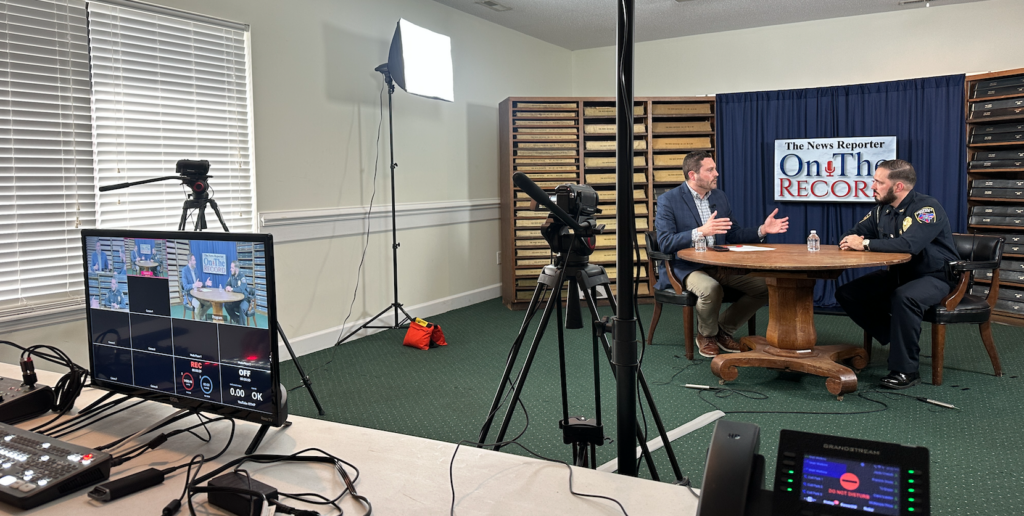
Justin Smith (left), publisher of The News Reporter, interviews Whiteville Police Chief Paul Rockenbach (right) for “On the Record” in March 2025. (Rachel Smith/The News Reporter)
The News Reporter’s new studio for video content
To revive a YouTube channel that had gone dormant, The News Reporter invested in a three-camera studio in its newsroom. With the help of staff and an intern, the studio increased the newsroom’s capacity to produce video content that could be used across multiple platforms.
With the studio, The News Reporter launched a 20-minute interview show called “On the Record,” with a dedicated section on its website. The same video content was also used for a podcast version of the show, and the interviews are used to support written stories.
Big win: After producing four episodes, The News Reporter has learned how to maximize the small investment and make it as easy as possible to produce. The structured interviews allowed for a simpler planning process.
The advertising team was given a sales sheet for the show to bring in sponsors. As of May 2025, the YouTube videos had an average watch time of more than eight minutes — a key metric the team highlighted to potential sponsors. The strategy worked, as the team recently secured a sponsor for the show.
Try this: Keep it simple, and use it as much as you can.
“Our capacity to produce video content has exponentially improved because the little video we were doing before was just a lot of steps to get it edited and out there,” Publisher and Editor Justin Smith said.
The team found the scale that works for them by also employing a “Stop Doing” strategy.
“What we’ve stopped doing is just some of the old school community newspaper content that people can find on Facebook now and focusing more on original reporting and revelatory stories,” Smith said.
Repurposing the video can be time-intensive, but by constantly evaluating how tactics were performing allowed The News Record to pivot, like dropping a full print Q&A story that wasn’t catching on with readers.
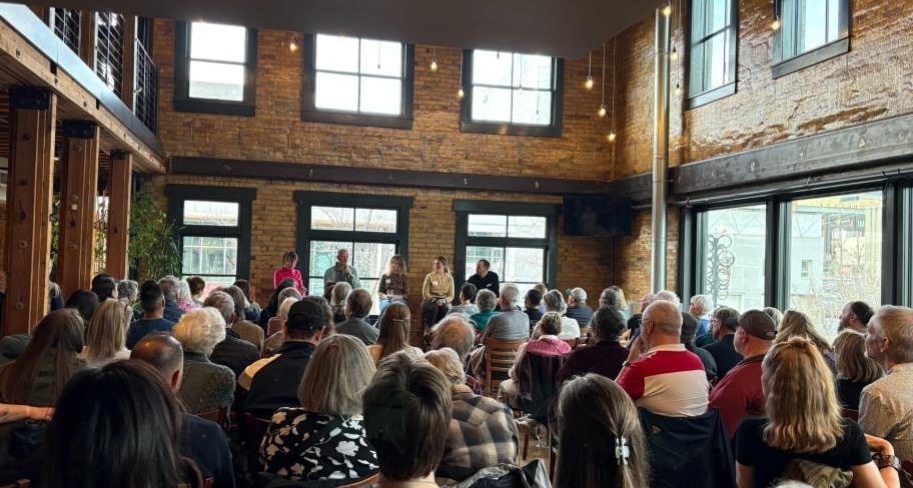
The crowd gathered from one of The Salt Lake Tribune’s events. (Courtesy of Salt Lake Tribune)
The Salt Lake Tribune’s pilot for live events
The Salt Lake Tribune had already experimented with events, including a yearly gala and casual public panels. But they wanted to expand those offerings into different event formats and create a clear proof of concept. They started with a pilot event, testing out how larger-scale events can appeal to communities and potential sponsors.
The Tribune asked and listened. Before the events, they listened to sponsors and attendees, inviting them to come early to the events to give input. The staff was also asked for input on the logistics and work going into the events.
Big win: The Tribune made a host of changes in response to feedback and tested them quickly.
They communicated more about what a ticket got an attendee, which led to more event signups than they’ve seen previously and a much higher rate of attendance on a free RSVP, with more than 150 attendees.
They added more signage and communication about how to donate to the Tribune in response to similar feedback. And they changed the slate of events in response to feedback.
The staff discussions resulted in a different set of A/V equipment: more wearable microphones to facilitate easy conversation and a mixer to accommodate all the feeds from speakers.
“This raises the professionalism of our events exponentially and will allow us to host bigger events, in turn raising the revenue potential,” the team wrote when reflecting on its project.
Try this: Asking regular event attendees what they want is helpful. So is asking current and potential sponsors and the journalists who will participate in your events, especially if you are piloting a new style of event.
“We now have a full slate that we can take to market with four varied formats,” said Ciel Hunter, chief development officer. “And we have quotes from donors and attendees that said that this is why they want these formats.”
The feedback doesn’t have to be in the form of a survey. Asking frequent attendees to come 30 minutes earlier and meet with staff worked well for The Tribune.
Read more: Plan your live journalism events with this workbook from API
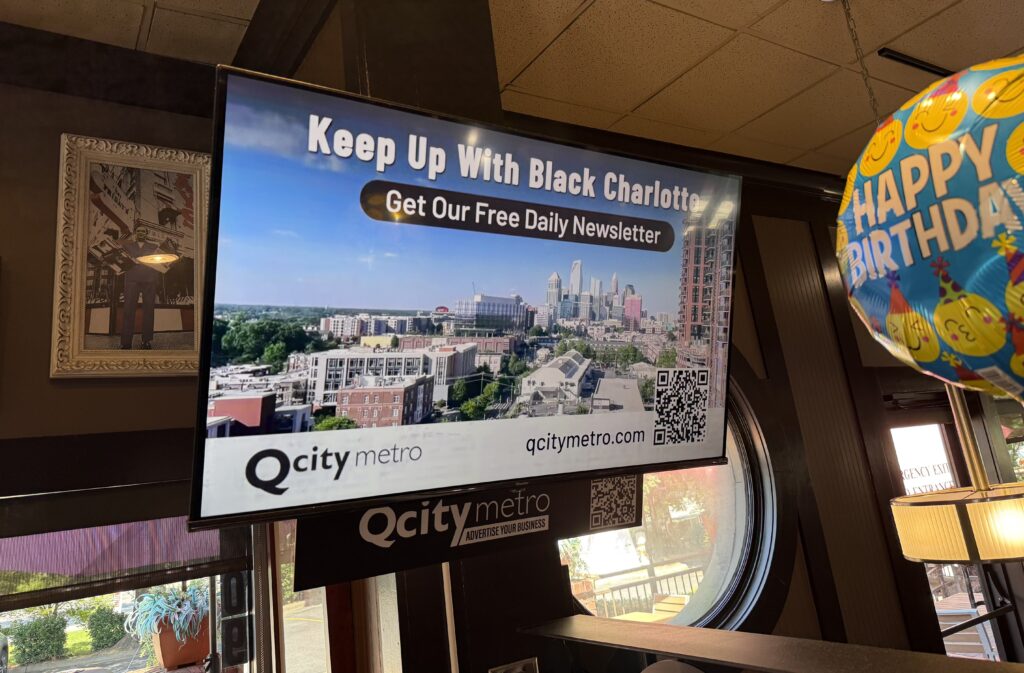
At a TGI Friday’s restaurant in Charlotte’s University City area, QCity Metro installed a screen that displays a rotation of news headlines and sponsored ads. (Glenn Burkins/QCity Metro)
QCity Metro’s digital billboards in local businesses
In an area of Charlotte where QCity Metro has its largest readership, it worked to use its reach to the benefit of advertisers, as well as its newsroom.
Through a vendor, QCity Metro installed 10 TV screens in the University City area. Every 15 minutes, the screens rotate through a lineup of QCity Metro headlines and sponsored ads.
Businesses that elect to host a screen are given free ad space on five screens in the 10-screen network. They also get to run ads and special deals on the screen they host.
Most of the screens are in restaurants, hair salons and even a pet-grooming business.
Big win: Creating an affordable and innovative way for businesses to advertise ended up benefiting QCity Metro as well as the 10 businesses involved. QCity Metro gained 24,000 more impressions in a month.
The sales process was more detailed than anticipated, but small businesses are starting to ask about the screens. “Selling to small businesses can be different, but we’re optimistic that our screens will give them an affordable option.” Publisher Glenn Burkins said.
Try this: Find ways to give low-cost options to local businesses that might want to reach your audience but can’t afford bigger buys.
QCity Metro worked with a vendor to create a new, in-person way to reach an audience they knew trusted them.